How to plant grapes in spring?
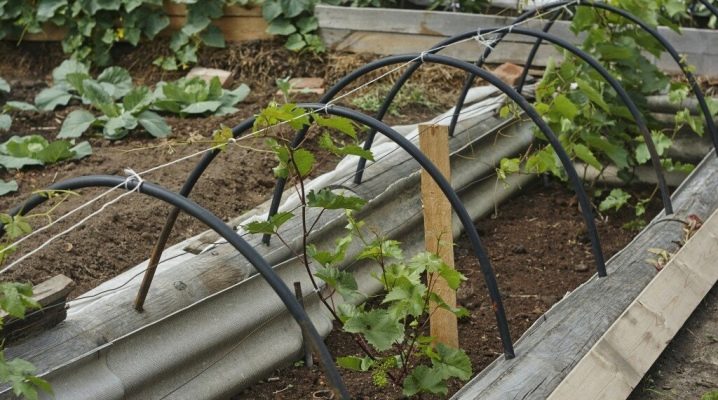
By knowing how to plant grapes in the spring, gardeners can eliminate major mistakes and problems. Planting in Siberia and other regions according to step-by-step instructions is significantly different, and these points must be taken into account. You will also have to pay attention to the choice of planting material and the landing process itself.
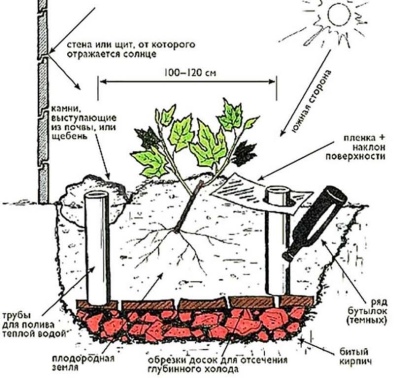
Location and conditions
It is necessary to prepare a plot for grapes already in the fall. If you decide to plant only a few bushes, you need to focus on the south side. An alternative is to plant near the wall of the house, from which the plants will receive additional heat. It is preferable to plant several rows of shrubs on the southern slopes, placed as gently as possible.
It is very important to evaluate how sunny the location is chosen, and whether it is well protected from the wind.

Such a moment is especially relevant in Siberia, where the lack of sunlight and drafts can ruin even the most unpretentious variety. Planting a hedge from trees can serve as additional protection. Poplar and pine are considered the best candidates among them. The preliminary improvement of the soil condition is achieved by planting winter rye. Note: If it is not possible to plant grapes strictly in the south, the southwest and southeast sides can be a good alternative.
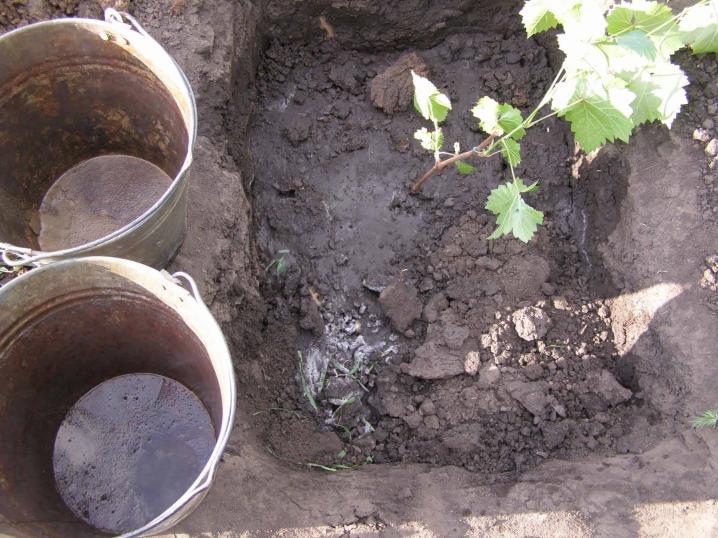
In the lower parts of the slopes, especially in clear lowlands, such bushes do not feel well, they constantly suffer from frosts. The distance to the trees should be 3-6 m. It varies taking into account the size of the root system and the activity of its growth.
Timing
Planting grapes in spring or early summer is much better than delaying this process until autumn. This opinion is unambiguously shared by the overwhelming majority of specialists. The specific moment is chosen taking into account the weather. First you need to wait for the soil to thaw. But even if it happens early, then it is necessary to start work at least on April 15th. The optimal “window” for spring planting ends around mid-June.
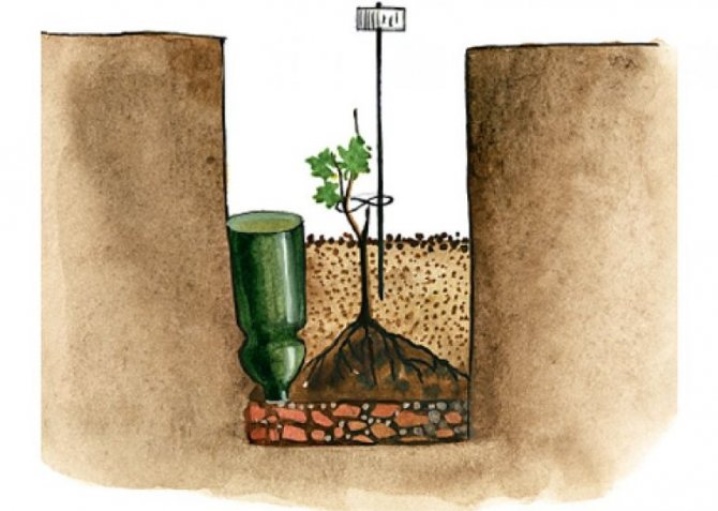
The choice of planting material
From mid-April to mid-May, it is necessary to plant annual seedlings that have had time to lignify. At the end of May and at the very beginning of June, it is better to use green vegetative plants. In good plants, the height cannot be less than 0.7 m. Only under this condition can we say that they develop normally. It is important to check how firm the trunk is and whether it is well saturated with juices.
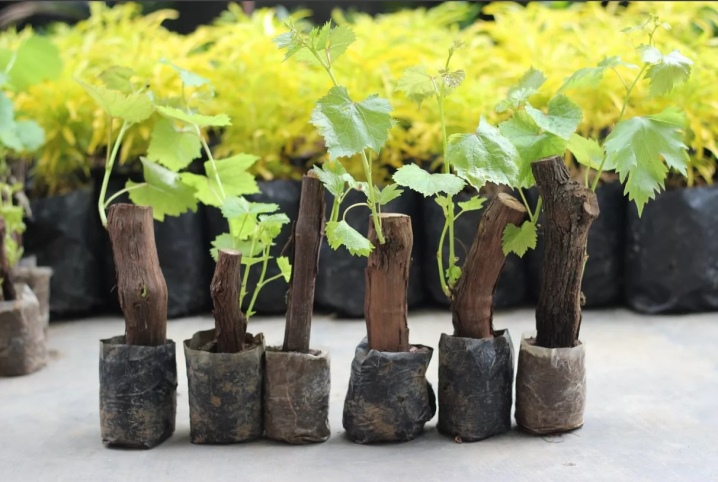
The bark is normally light brown in color. Stains or dead zones are unacceptable. And also it is required to check if there are at least 4 hotspots. The foliage should not dry out. Evaluate its brightness and elasticity, tenderness to the touch.
The roots should not have even small cuts. Their decent volume and good branching are very important. The color of the roots differs depending on their specific cultivar. Both brown and milky tones are possible. In any case, even small manifestations of rot and desiccation must be excluded.
A white root cut is normal. Brown - already inspires fear at least. Annual shoots should ripen well and have a juicy green color when cut.
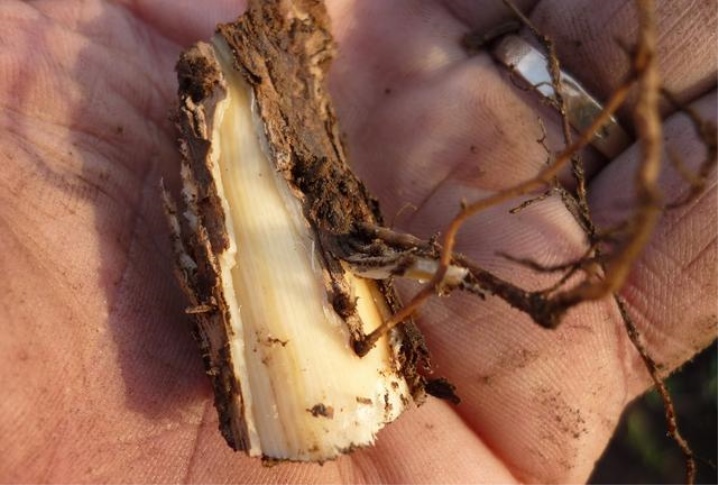
Falling eyes with slight pressure is unacceptable. Drying of seedlings should also be excluded.
Planting process
The step-by-step instructions for planting grapes for beginners are very simple. First of all, it is necessary to soak the seedlings in clean water from 12 to 24 hours in advance. The annual shoot should be cut, leaving 3 or 4 eyes. It is worth completely getting rid of the roots of the upper nodes, but on the lower ones they are only refreshed.Green vegetative seedlings should be hardened so that they do not burn out from the sun's rays. They start with exposure under a canopy or in an openwork "lace" shade.
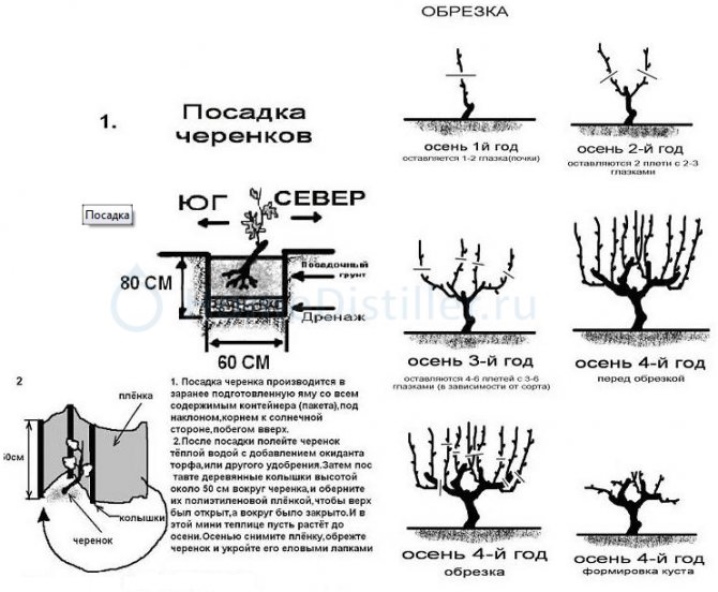
After 4-6 days of such a regime, another exposure of 8 to 10 days is needed directly in the sun. Correctly planting lignified seedlings means using a clay or black earth substrate for them. The pit should be 80x80x80 cm in size. The bottom of the pit is equipped with a nutritious "cushion" consisting of humus and productive land. This mixture needs 70-100 kg. After compaction, the poured mixture is covered with fertilizers on top (0.3 kg of superphosphate and the same amount of potash fertilizers).
Having mixed all this with the soil, the laid mass is again compacted. Fertile soil is added so that about 50 cm in depth remains unoccupied. In the center of the pit, a low mound is made out and a grape seedling is planted directly into it. After planting, the hole should remain about 25 cm deep. It is necessary to fill up to this level with simple productive soil that does not contain fertilizers.
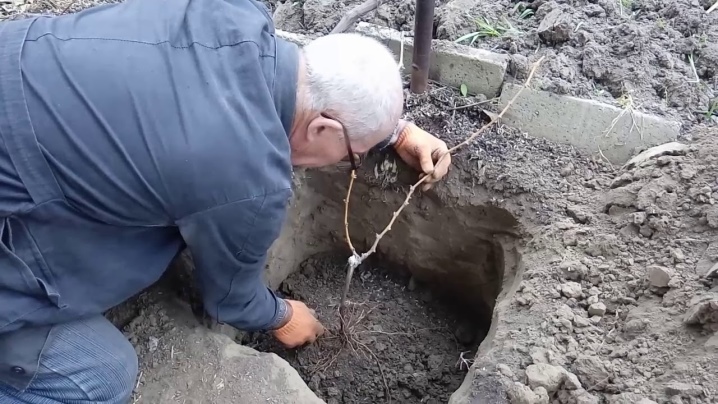
Standard rules imply that after planting, the land should be slightly compacted and additionally watered. But on sandy soils, the situation is somewhat different. There, the planting excavation must be made deeper than usual, already according to the 80x80x105 cm system. In order for the nutrients to be washed out less, a saucer-shaped clay "castle" 15-20 cm thick is made at the very bottom. Then there is a nutrient layer 25 cm thick, which should look like a high-quality black soil.
Watering of seedlings should be stopped 2-3 days before planting. This will allow you to get strong and stable clods of earth, which are already much easier to plant. Instead of a clay castle, you can use a brick fight, the main thing is that it is laid out tightly and stably.
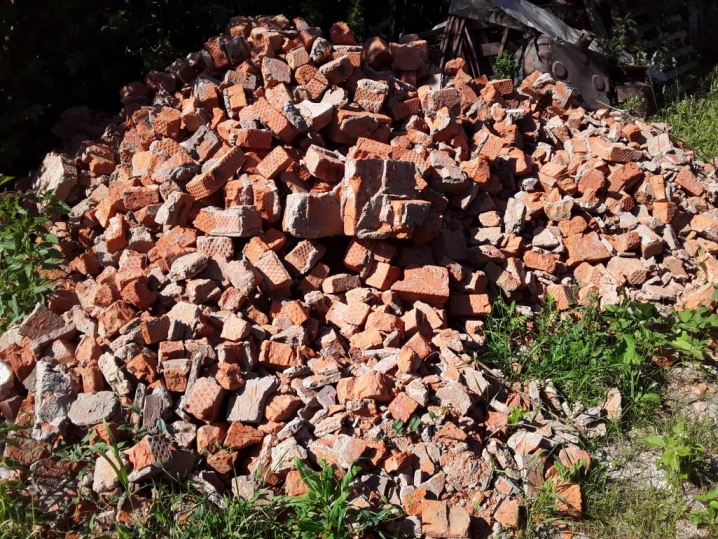
After planting, the plant is supposed to be watered and shaded abundantly. But there are a number of subtleties that should also be taken into account.
So, all plantings of grapes are normally planned well in advance. It is imperative to separate technical and table varieties from each other in order to eliminate confusion and problems with optimal growing modes. The distances between them are kept very carefully. Supports for trellis are placed on the side of the row-spacing at a distance of 10 cm from the edge of the groove, the perimeter can be reinforced with slate. It is useful to dig in cobblestones around the seedlings, which will provide heat accumulation.
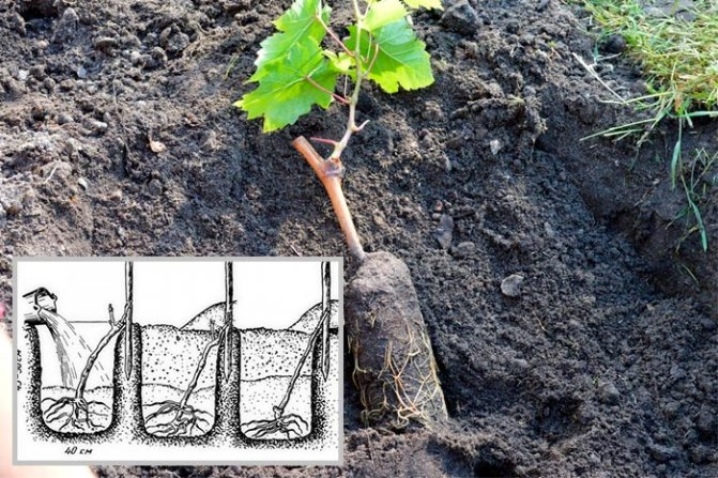













The comment was sent successfully.